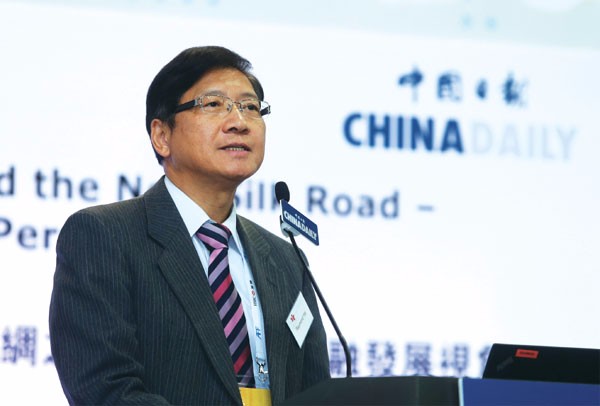2015-01-23

In a world awash with money, there is still one place crying out for investment: Asian infrastructure. The Asian Development Bank pegs demand for infrastructure investment at $730 billion a year for the next decade, while a 2014 World Bank report shows that South Asia needs to invest up to $2.5 trillion to bridge its infrastructure gap over the next 10 years. And India needs $1 trillion of investment over the next five years, McKinsey says. Asia’s new infrastructure push coincides with China’s foreign policy goal of connectivity — which means infrastructure that physically links China to other Asian markets as well as related financial arrangements. Suffering from chronic over-investment and overcapacity after a five-year credit boom, the Chinese economy is pulling back from the frenetic doubt-digit growth rates of the past. With $4 trillion of government-administered foreign exchange reserves and Beijing’s active policy of supporting offshore acquisitions, Silk Road strategies — spearheaded by China to symbolize its growing influence in development funding and potential new sources of financing — are believed by some analysts to be good channels to tap China’s excess savings. But Vivek Pathak, regional director of Asia and the Pacific at the International Finance Corporation, noted these strategic initiatives should be viewed from two more perspectives. On the one hand, these landmark moves in response to the huge appetite for infrastructure in Asia can help China play a bigger role in regional economic life by exploring its infrastructure expertise and financial capacity. More importantly, Silk Road strategies can also help China build up global brands of its own, which the world’s factory wants to do more as it establishes a growing number of multinationals across the globe. Apart from undeveloped infrastructure and the massive infrastructure gap in Asia, the lack of funding, stable legal and social environments, and the inability of financial institutions to make cross-border commitments are also among barriers for the regional connectivity, noted Pathak. As the private sector arm of the World Bank Group and an investor in the China-ASEAN Investment Cooperation Fund, IFC is well positioned to have its eyes trained on macro trends emerging in the region and to find out what opportunities arise there. To facilitate investment and financing for infrastructure and resources and break the connectivity bottleneck in the region, Pathak sees great potential for internet financing, which poses a challenge to traditional banking. “As traditional brick-and-mortar banking is becoming increasingly expensive and time-consuming, these innovative internet banking and telephone banking options could make a difference to the region’s economic life,” said Pathak. China’s big experiment in Internet banking has finally begun, with mainland Internet giant Tencent’s WeBank kicking off trial operations this month. “The next big thing is technology, which brings productivity and efficiency to the banking system and helps us reach more credit-strapped people,” noted Pathak. sophia@chinadailyhk.com http://www.chinadailyasia.com/2015-01/23/content_15218075.html